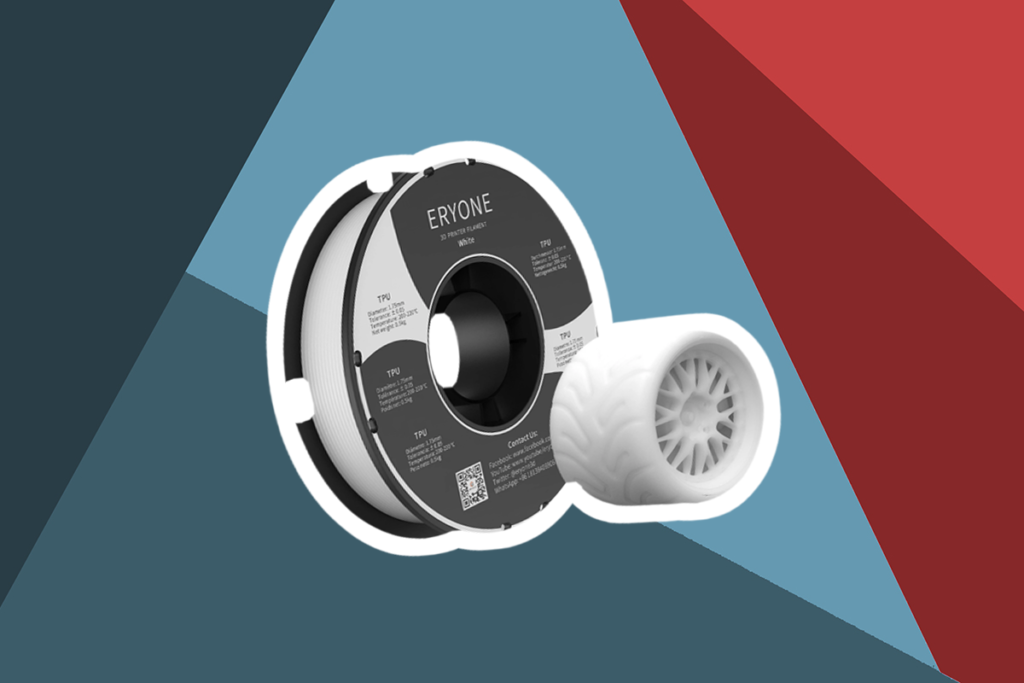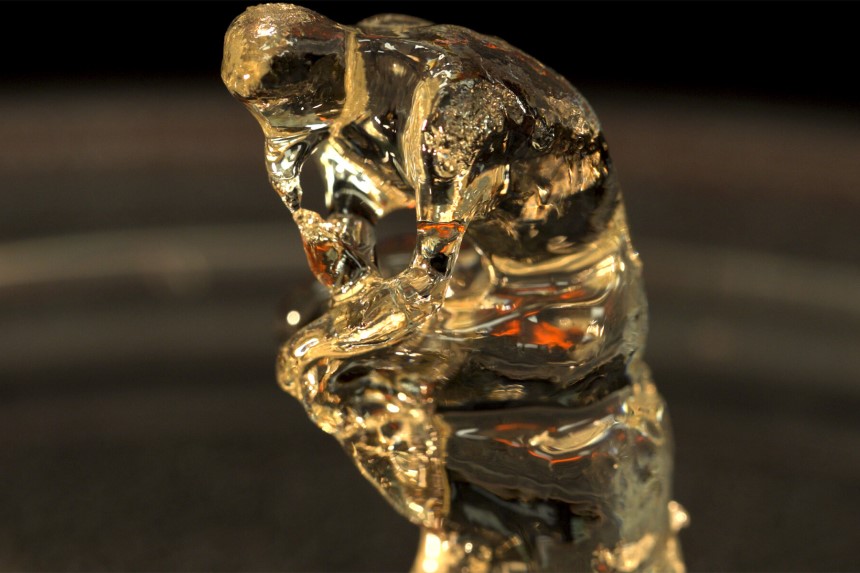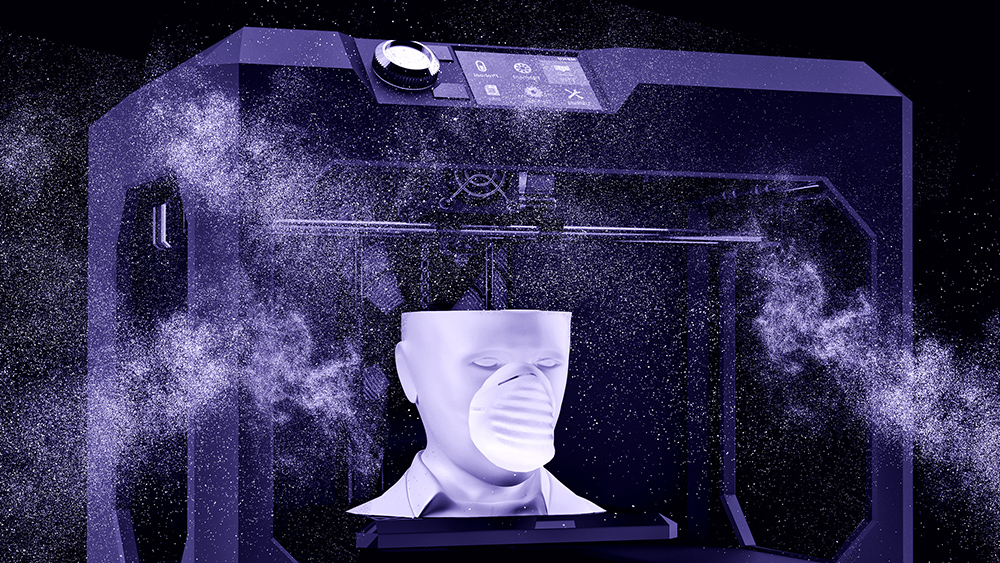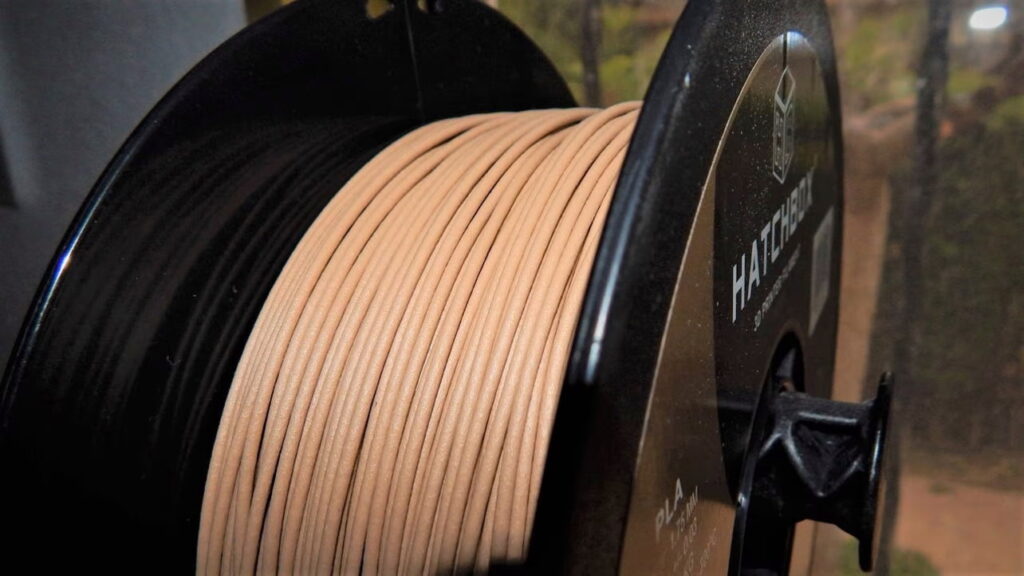

3D printing is becoming more widely accessible and growing in popularity. The materials used for printing are becoming more sophisticated. The two most common materials are TPU and PLA. In today’s article, we are going to look at the differences between them, discuss their advantages and disadvantages and help you decide which one you should use for 3D printing. After reading this handy guide, you can compare TPU vs PLA, which is better for 3D printing and why, so you can make the best-informed decisions going forward.
PLA, otherwise known as Polylactic Acid, is one of the most common materials used for 3D printing. It’s so popular because it’s the cheapest option. Thermoplastics are made from organic materials such as corn starch and sugarcane.
PLA is a bio-degradable plastic, otherwise known as bioplastic. PLA is environmentally friendly and food safe. PLA is perfect for printing items such as protective cell phone cases. 3D printing can be a bit tricky when you first start. Using a PLA filament is more forgiving. As it’s easy to work with, it’s the most popular type of material used for 3D printing. Another great feature is that it comes in a wide variety of colors and blends.
Unfortunately, the material can become brittle, so it’s more suitable to print decorative, non-functional prototypes. PLA has a low printing temperature that starts around Trusted Source 3D printing: A force for revolutionary change You draw the design on a computer screen, and the data then drives a machine which spreads thin layers of plastic or metal powder on top of each other. Each layer is solidified by a sort of laser welder or sinterer; at the end of the process you blow off the unsintered powder and the object you drew on the screen is transformed into complex, intertwined three dimensional reality. www.bbc.com This low temperature means it’s less likely to warp and block the nozzle and allows for sharper details and better surface features.
Another aspect to note is that it doesn’t require a heated print bed. This detail alone makes it much easier to use. So, almost anyone can use it. For example, the Monoprice 15365 select mini 3D printer v2 comes with a free sample PLA filament and microSD Card preloaded with printable 3D models, making it an excellent printer for beginners.
In order to print with PLA material, you will need to ensure that your 3D printer meets the relevant requirements. You will need:
You will also require an extruder with a temperature between 190 and 220 degrees Celsius and a cooling fan with a speed of 100%.
A pro tip: Use a fan that cools the 3D printed item from all directions. Many printers are retrofitted onto the machine to improve airflow and cooling. It needs to be stored in certain conditions for the best 3D printing results. PLA and PETG are both materials that are made from polyester and belong to the same family of thermoplastic. What is the difference, and when should you use each one?
The most common problem when using PLA is oozing. This is when the material continues to flow at the end of a segment. This creates hairs or strings in the product. The easiest way to solve this problem is by dialing in your reaction settings. Practice makes perfect. The more you print, the better you will become. If you plan on printing items that have durable parts and can withstand high temperatures, it’s best to use ABS.
PET and PETG filaments provide a smooth surface finish and are water-resistant. Wood-filled filaments combine a PLA base material and combine it with wood dust or cork. This gives the item the look and feel of real wood. PVA has the unique ability that it can dissolve in water. It’s often used as a support material for other designs.
TPU or Thermoplastic Polyurethane is used when you need your print to be elastic and stand up against abrasion and oil. It’s more expensive than PLA but has the added benefit that it can bend and stretch. Designs created with TPU can be cleaned using mild soap with water. TPU can be hardened by blending polymers. It can be heated between 220 -250 degrees. This process will make the material rigid or elastic depending on the desired function.
TPU filaments need high levels of energy compared to other filaments. It’s strong, and there are no warping issues and less chance of thermic shock. TPU filaments are a tough and flexible material that can be used for various projects.
One of the main disadvantages of TPU is that it’s difficult to print with. This is because it’s so flexible and elastic. Still, it’s popular because printing with TPU offers unique possibilities that couldn’t be achieved before with regular printing materials. It combines the properties of rubber and plastic.
Although TPU is non-toxic, it should still be kept away from food. The material should be stored in a cool, airtight container. It needs to stay dry. TPU won’t wear away or rub off. PRILINE TPU Flexible filament is a material that is soft and elastic like rubber, similar to the Flexible TPE but harder than TPE. It allows for repeated movement or impact without cracking. Industries that use TPU material for 3D printing include:
If you are just starting to use your 3D printer, then using PLA is recommended. You don’t need to be as precise when printing with it. Added benefits include that it’s environmentally friendly and bio-degradable. If you want to print flexible designs, then you will need to use TPU, as it’s the only material that can bend. TPU is durable and can withstand temperatures of up to 80 degrees Celsius.
TPU filament is perfect for the automotive industry as the material is oil and chemical-resistant. It’s also resistant to low temperatures, so it won’t become brittle or break. The material has elastic properties and can be bent and stretched without breaking. Perfect for printing items such as minis for hobbies.
So, TPU vs. PLA, which comes out on top? If you need to print something that can bend and flex or a working prototype, then you will need to use TPU to print. PLA is a much less expensive material and more commonly used. It’s classified as bioplastic and is environmentally friendly. If you plan on making rapid prototypes, then TPU would be the ideal material to use.
Using PLA is much more user-friendly, and designs can be scrapped and redone if necessary. TPU is the picture-perfect choice if you need to print moving, flexible parts that can return to their original state. Now, you know how to have fun and create those designs you’ve been planning. Have more questions? Leave a comment below.





